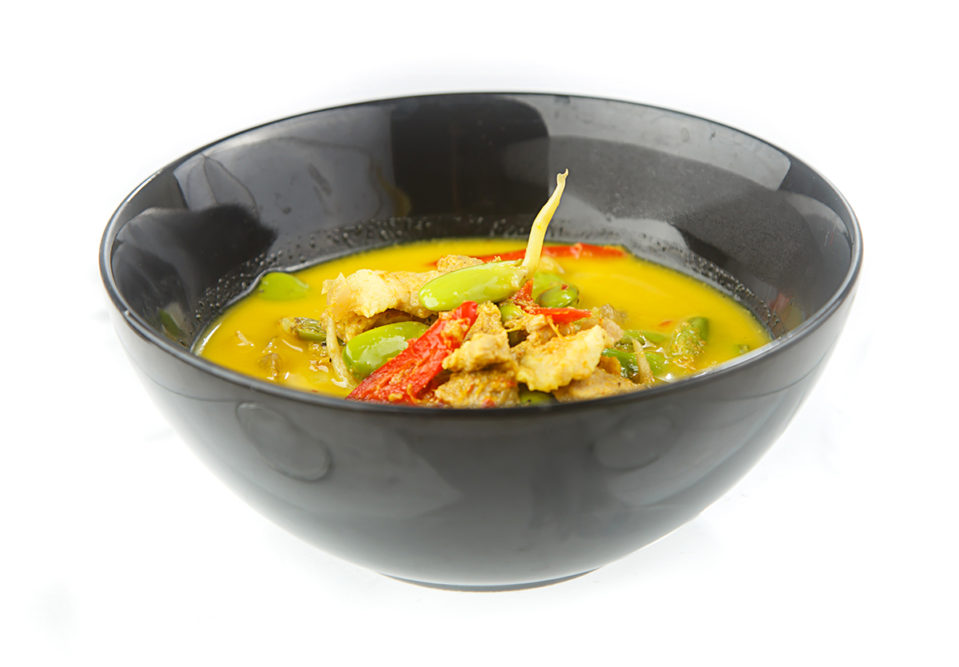www.bakemag.com/articles/18873-new-trend-report-highlights-flavor-lifecycles

New trend report highlights ‘flavor lifecycles’
05.06.2024
As a leading food and beverage flavor manufacturer, T. Hasegawa USA publishes a monthly “Flavor Flash” report detailing emerging consumer flavor trends in CPG foods/beverages and foodservice menus. This month, the company is spotlighting “Flavor Lifecycles” by examining the cycle of flavor discovery and exploring how flavors go from emerging trends to a mainstream part of the food & beverage landscape.
The following are ten key findings from the report:
- Consumers are connecting with flavor more casually – New flavor experimentation is becoming part of the daily routine for most consumers, and that experimentation is taking place at home and QSR outlets just as frequently as traditional sit-down restaurants. Consumers no longer look at new flavors as a rare treat, it’s part of everyday life.
- In-person is still the primary pathway for new taste experiences – Even in an era marked by increased online grocery shopping, more than 72 percent of consumers in a recent Mintel survey cited in-person grocery retailers as the primary source of new flavor information.
- Gen-Z is leading new flavor trial, especially at fast-food chains – These consumers are expanding their taste horizons and shaping flavor trends. The immense influence of social media plays a significant role in driving curiosity and interest in new flavors, sparking increased dining out among Gen Z consumers.
- Social Media is the wellspring of inspiration for new flavors – The heightened online presence of younger consumers and their eagerness to try new tastes is leading to a rapid evolution of flavor trends. 84 percent of consumers who actively seek out new flavors cited social media as their primary information source, in a recent Mintel poll. 59 percent of consumers who learn about new flavors on TikTok are trying new flavors at fast food restaurants.
- More than a third of U.S. consumers are trying more flavors than last year – The rise of information, innovation and opportunities has transformed the landscape of taste, making experimentation more accessible than ever.
- Customizable menus help encourage consumers to try new flavors and ingredients – In a recent Mintel survey, more than 37 percent of consumers cited customizable menus as the primary driver of trying new flavors, ahead of “health trends” (36 percent) and even “enjoyment” (32 percent). Customizable menus allow customers to dabble without much risk, such as offering a wide array of sauces or flavor add-ins.
- Unexpected flavor pairings are driving flavor trial – The recent surge in consumer interest for hot honey and other “sweet heat” options is a perfect example of how disparate flavors can blend to transcend traditional occasions and spark possibilities for innovation.
- Global flavors, and Asian foods in particular, continue to grow in mainstream North American cuisine – These flavors have an increasing presence in both chain restaurant offerings and retail product lines. This trend showcases the overlapping lifecycle stages across different dining occasions.
- Snacking occasions can reinvigorate cooking staples – Ingredients like rosemary and basil can offer a distinctive, yet accessible taste and bridge the gap between traditional meals and the wide array of snacking opportunities. This is a particularly big opportunity for Millennials, with more than 47 percent of these consumers reporting an increased consumption of salty snacks compared to last year.
- Fruity and floral flavors are ripe for versatility occasions, across all categories – Flavors such as Dragon Fruit, Lavender, Yuzu and Guava are particularly driving consumer interest in restaurant menus, snacks, desserts and beverages. Lavender in particular is exploding in popularity, with a 254 percent increase in presence on foodservice menus, from 2020 to 2023.
The full report can be downloaded at T. Hasegawa USA’s website.
